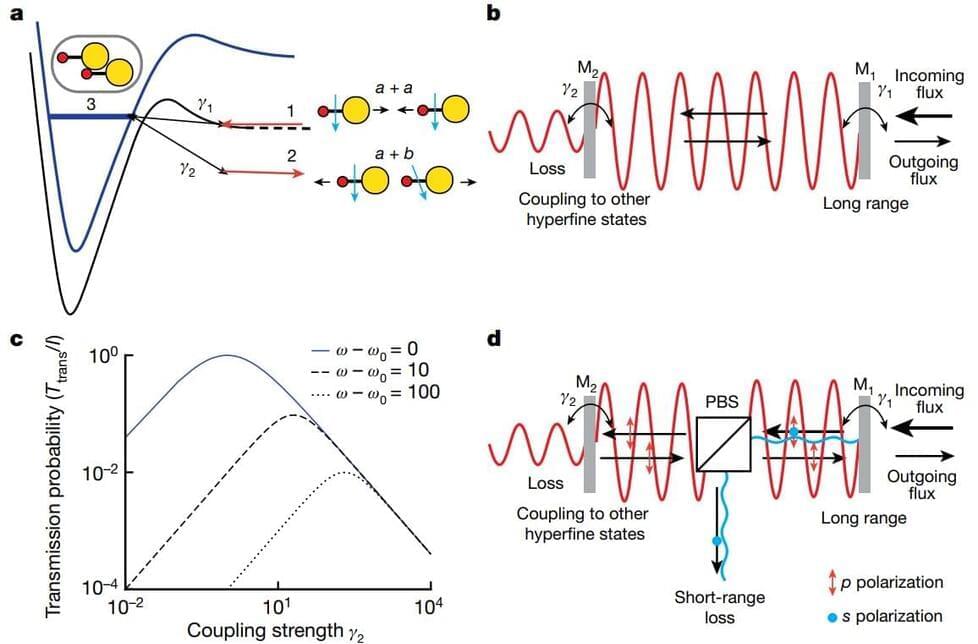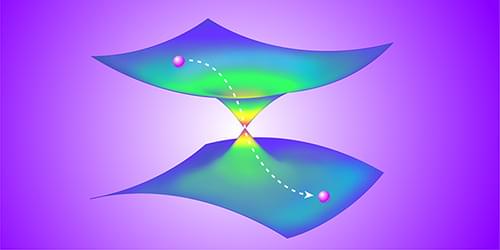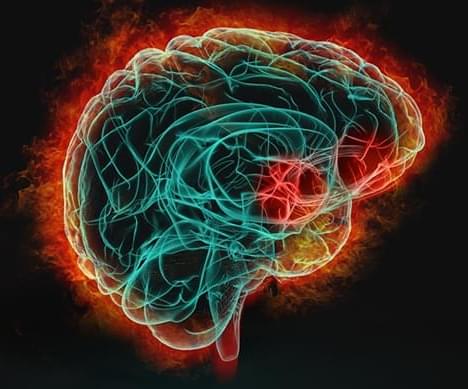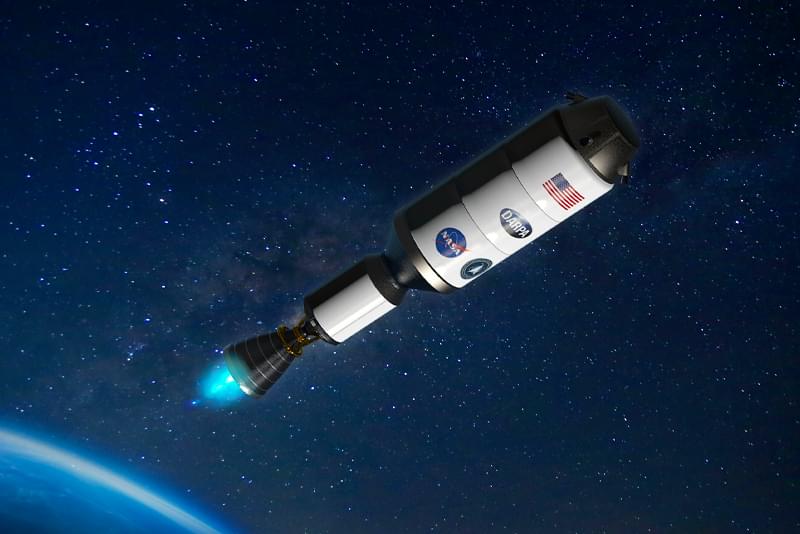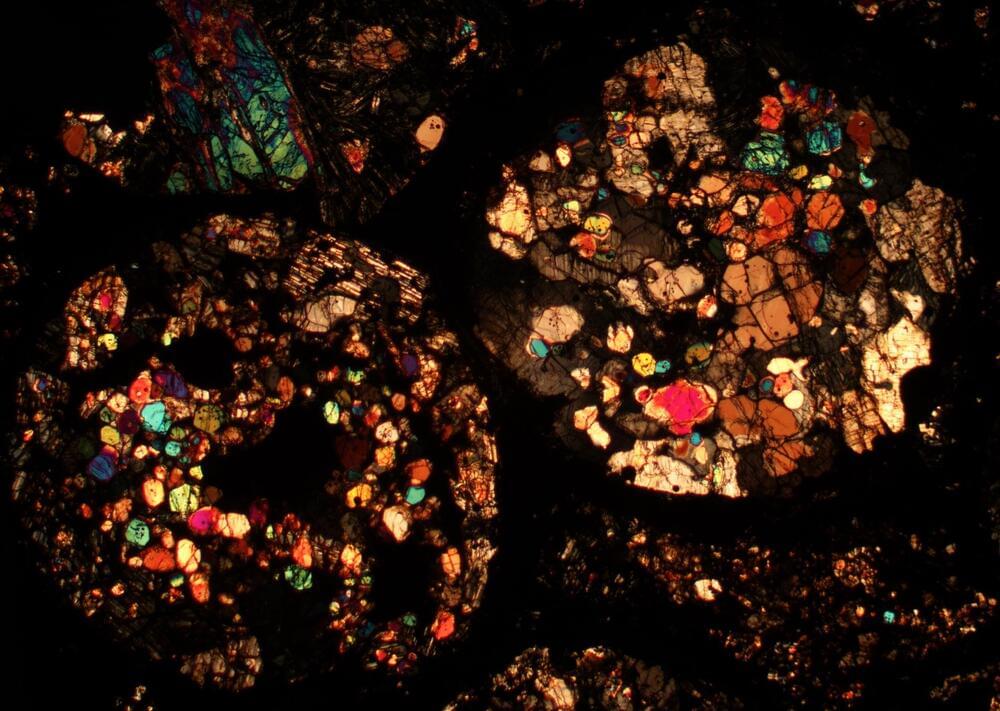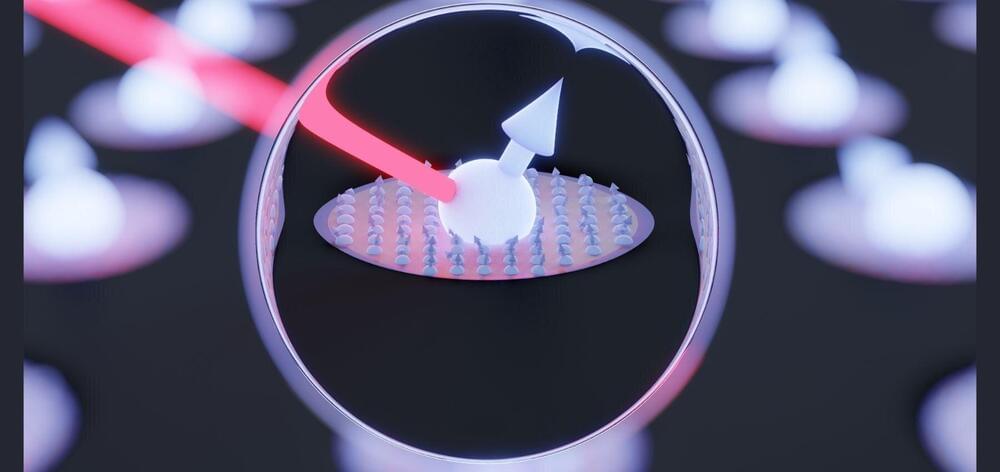If she hits just the right pitch, a singer can shatter a wine glass. The reason is resonance. While the glass may vibrate slightly in response to most acoustic tones, a pitch that resonates with the material’s own natural frequency can send its vibrations into overdrive, causing the glass to shatter.
Resonance also occurs at the much smaller scale of atoms and molecules. When particles chemically react, it’s partly due to specific conditions that resonate with particles in a way that drives them to chemically link. But atoms and molecules are constantly in motion, inhabiting a blur of vibrating and rotating states. Picking out the exact resonating state that ultimately triggers molecules to react has been nearly impossible.
MIT physicists may have cracked part of this mystery with a new study appearing in the journal Nature. The team reports that they have for the first time observed a resonance in colliding ultracold molecules.
